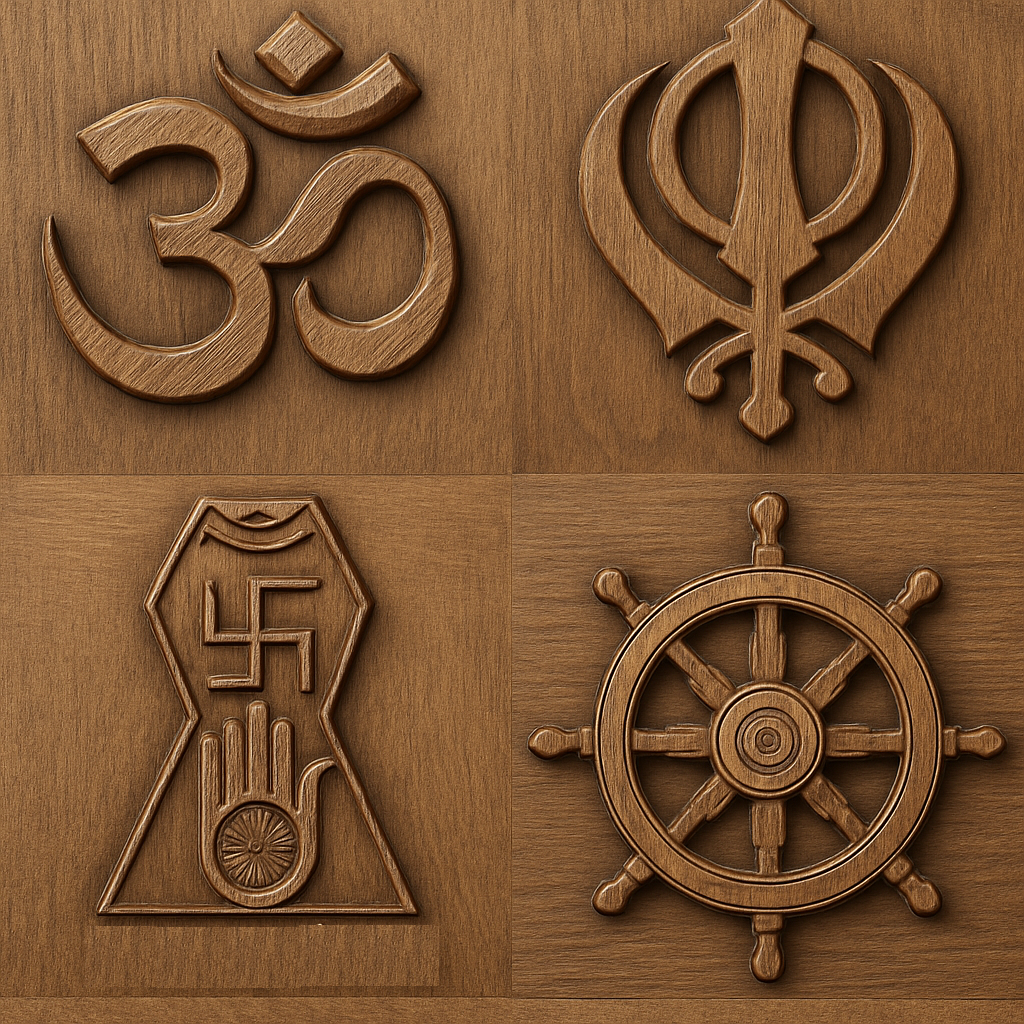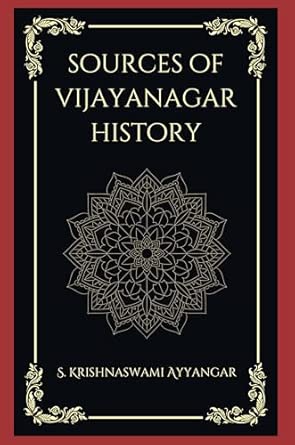1.3 Cultural Preservation and Protection:
1.3.1 Right to Protect Cultural Heritage and Values under Constitution of Bharat:
The right to protect cultural heritage has indeed evolved under Article 21 of the Constitution of Bharat, which guarantees the Right to Life and Personal Liberty. Throughout the years, the eminent judiciary observed that, cultural identity and it’s protection is highly important for life with dignity. Here are some key Supreme Court judgments that illustrate this evolution:
Olga Tellis vs. Bombay Municipal Corporation (1985): The court expanded the interpretation of Article 21 to include the right to livelihood, which indirectly acknowledged that cultural practices, community living, and the social fabric are integral to one’s life and dignity. This set a precedent that cultural heritage includes the way of life of communities, especially those on the margins.[1]
Francis Coralie Mullin vs. Union Territory of Delhi (1981): The court ruled that the right to life includes the right to live with human dignity and all that goes along with it, including the cultural practices one might engage in even in confinement. This judgment laid a foundation for viewing cultural practices as essential to dignity.[2]
Vishaka vs. State of Rajasthan (1997): The court’s elaboration on what constitutes living with dignity included cultural norms and values. By setting guidelines for workplace conduct, the court indirectly protected cultural expressions of respect and dignity, particularly for women, in professional settings.[3]
M.C. Mehta vs. Union of Bharat (1996) – Taj Trapezium Case: The court interpreted the right to life to include the right to a clean environment, which is vital for preserving cultural monuments like the Taj Mahal. This case directly linked environmental concerns with cultural heritage, showing how Article 21 can be used to safeguard cultural sites for future generations.[4]
Samatha vs. State of Andhra Pradesh (1997): The court recognized the intrinsic link between the tribal people’s culture, their land, and their rights under Article 21. By affirming that tribal rights to land include cultural rights, the court expanded the scope of cultural heritage protection under the right to life.[5]
Jeeja Ghosh vs. Union of Bharat (2016): The court emphasized that living with dignity for persons with disabilities includes participating in cultural activities and societal life. This ruling subtly extended the cultural dimension of Article 21 to include all citizens, regardless of disability.[6]
These judgments collectively show how the Supreme Court has, over the years, interpreted Article 21 to encompass a wide array of rights that protect cultural heritage. This evolution reflects an understanding that cultural heritage is not just about preserving artifacts or monuments but also about safeguarding the cultural practices, community life, social identity, and environmental conditions that make such heritage vibrant and alive. The court has progressively linked cultural rights with broader constitutional guarantees of life and dignity, thereby ensuring that cultural heritage is seen as an integral part of what it means to live a dignified life in Bharat. Also, to preserve the historical and cultural monuments of Bharat is the duty of every citizen emphasized under Article 51A(f) of the Constitution of Bharat.
References:
[1] Olga Tellis vs. Bombay Municipal Corporation (1985), [1986 AIR 180]
[2] Francis Coralie Mullin vs. Union Territory of Delhi (1981), [1981 AIR 746]
[3] Vishaka vs. State of Rajasthan (1997), [AIR 1997 SUPREME COURT 3011]
[4] M.C. Mehta vs. Union of Bharat (1996) – Taj Trapezium Case, [1997 (2) SCC 353]
[5] Samatha vs. State of Andhra Pradesh (1997), [1997 (8) SCC 191]
[6] Jeeja Ghosh vs. Union of Bharat (2016), [[2016] 4 S.C.R. 638]
Add this website to your bookmarks to know more about these laws in simple language so that you can understand the provisions, their purpose, impact of implementation, failure to protect culture and much more. Share if you found it important for battle of cultural preservation

Know More about laws related to temples…





Pingback: Administrative Discretion: Balancing Power and Accountability – bharatlex-rinkutai.com
Pingback: Understanding Administrative Authority in Bharat: Key Doctrines and Supreme Court Judgments – bharatlex-rinkutai.com
Pingback: Duty to Preserve the Historical and Cultural Monuments – bharatlex-rinkutai.com
Pingback: Secular Fabric of the Nation – bharatlex-rinkutai.com
Pingback: Places of Worship (Special Provisions) Act, 1991 – An Analytical Study – bharatlex-rinkutai.com